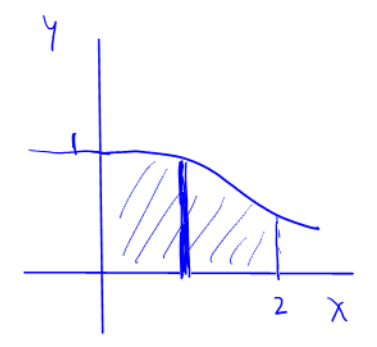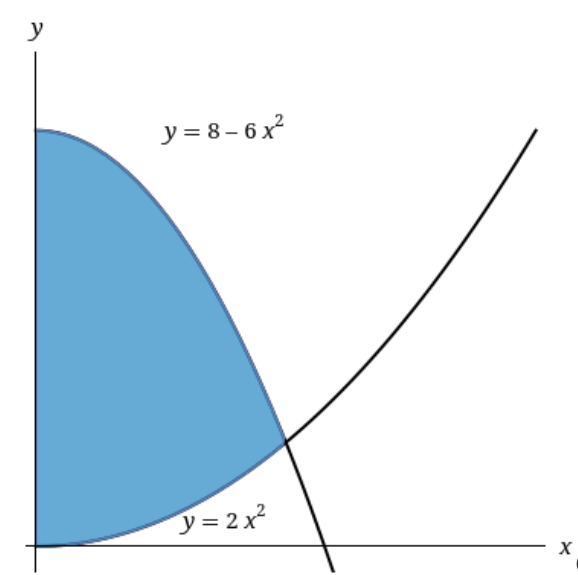01
Shells volume - offset graph,
-axis Consider the region in the first quadrant bounded by the lines
, , , and the curve . Revolve this about the -axis. Find the volume of the resulting solid.
Solution
01
(1) Set up integral.
(2) Perform
-substitution with and :
(3) Integrate with power rule:
Link to original
02
Shells volume - set up integrals, both axes
Consider the region in the first quadrant bounded by the lines
and , and the curve . Set up integrals to find the volumes of the solids obtained by revolving this region about (i) the
-axis, and (ii) the -axis. (No need to evaluate these integrals.)
Solution
04
You can set up each integral using disks/washers or using shells.
(i) Using washers, obtain:
Using shells, obtain:
(ii) Using disks, obtain:
Using shells, obtain:
Link to original
03
Shells volume - shells v. washers
Consider the region in the
-plane, in the first quadrant, bounded by the -axis on the left, by on the top, and on the bottom.
A 3D solid is given by revolving this region around the
-axis.
- (a) Find the volume of the solid using the method of shells.
- (b) Attempt to find the volume of the solid using the method of washers/disks. Why is this harder? (TWO reasons!)
Solution
05
(a)
(1) Write down shells formula:
(2) Define the cross section region:
Bounded above by
. Bounded below by . Bounded left by
. Bounded right by intersection at line .
(3) Define
and and :
(4) Plug into shells formula and compute:
(b)
(1) Write down washers formula using
:
(2) Rewrite bounding equations in terms of
:
(3) Determine region boundary data:
Bounded above by
. Bounded below by . Intersection at .
(4) Determine
in two components, with the dividing line: Note that
for both regions. These are disks.
(5) Compute the integral:
(6) Why are shells preferable?
Link to original
- Only need one integral.
- Don’t need to rewrite boundary equations in terms of
.

